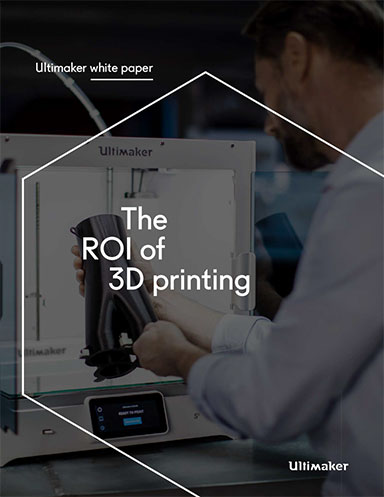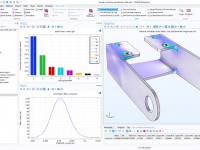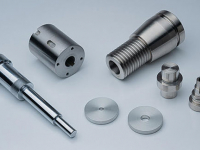The ROI of 3D Printing
3D printing has become a mature technology suitable for the production of visual models, functional prototypes, manufacturing aids, and end-products.

June 2, 2020
On the desk of a product designer, engineer, or manufacturer, a 3D printer is a powerful tool. It enables fast and inexpensive testing of designs, and on-demand production of highly customized parts.
For businesses, desktop 3D printers are an attractive option because of their low purchase and running costs compared to other options.
Choosing a high-quality, professional machine over a budget option will also bring savings through reliability and ease of use. A reliable 3D printer maximizes uptime and will give a higher print success rate, while an easy-to-use one reduces the time taken up by operation, maintenance, and training.
But before investing in 3D printing, it is important to calculate the costs involved and answer some key questions:
- How does desktop 3D printing compare to your current costs?
- How many 3D printers do you need?
- How long before any savings deliver a complete return on investment?
In this document, we will look at how to calculate these costs and potential savings, as well as a case study of one business that has achieved significant cost savings using desktop 3D printing at all stages of the product development process.
Fill out the information below to download the resource.
Latest News







